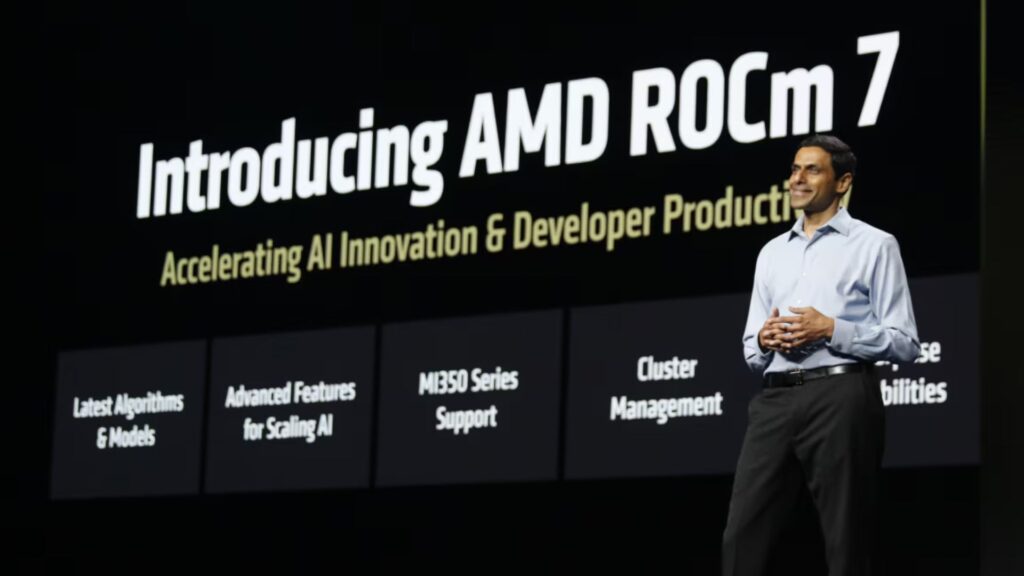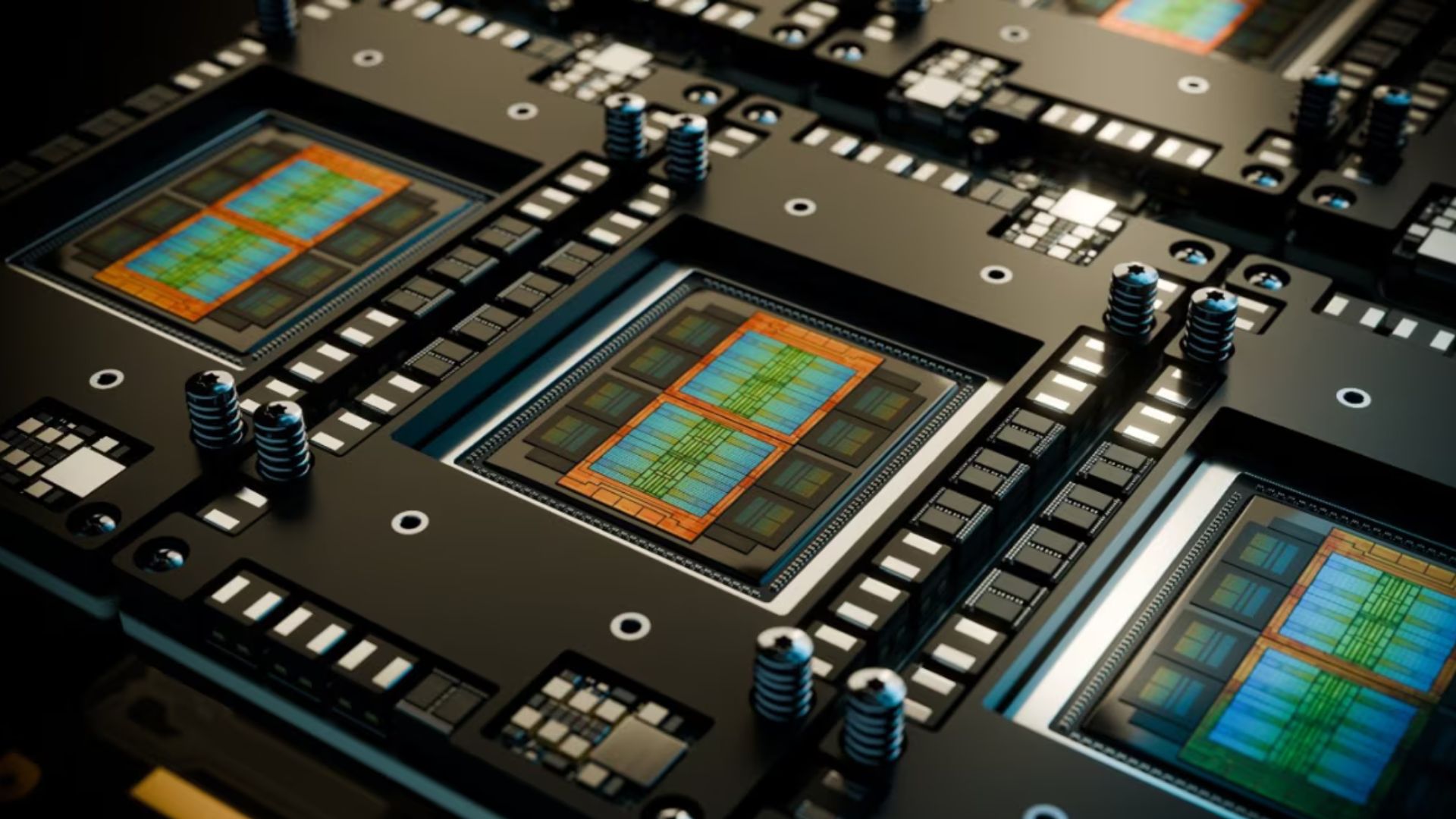
AMD has launched ROCm 7.0, its most ambitious software platform release to date, marking a major strategic push against NVIDIA’s entrenched CUDA ecosystem. With extensive support for the new Instinct MI350 CDNA 4 accelerators and forged enterprise partnerships, ROCm 7.0 aims to redefine AI compute performance and drive broader adoption of AMD GPU infrastructure.
Major Performance Leap in AI Workloads
ROCm 7.0 introduces transformative enhancements for AI training and inference:
- Up to 3.5× faster AI inference and 3× improved training performance over ROCm 6.x.
- Native support for low-precision data types (FP4, FP6, FP8), unlocking up to 35× generational inference gains.
- Optimizations for the Instinct MI350 series—featuring 185 billion transistors and up to 288 GB of HBM3E memory—deliver 4× AI compute improvement versus the prior generation.
“ROCm 7.0 is far more than a version bump—it’s a major leap forward for AI on AMD GPUs,” AMD stated in its developer announcement .
Enterprise and Cloud Partnerships
To accelerate cloud adoption, AMD has deepened collaborations with industry leaders:
- CDW Mission (an AWS Premier Tier Services partner) will optimize AMD EPYC-powered Amazon EC2 instances, enabling enterprises to reduce cloud costs by up to 45% and lower power consumption by 29% compared to competing solutions.
- VDURA unveiled a scalable reference architecture for AMD Instinct MI300-series GPUs, supporting 256 GPUs per unit, achieving 1.4 TB/s throughput, 45 million IOPS, and 5 PB of usable capacity. A U.S. federal integrator has already adopted this blueprint for its AI supercluster deployment .
Strategic Implications
ROCm 7.0’s performance and precision advancements position AMD to capture market share in the rapidly expanding enterprise AI infrastructure segment. By providing robust support for cutting-edge CDNA 4 accelerators and forging key partnerships that demonstrate cost savings and efficiency gains, AMD is challenging NVIDIA’s long-standing CUDA dominance and offering organizations a compelling alternative for demanding AI and HPC workloads.











